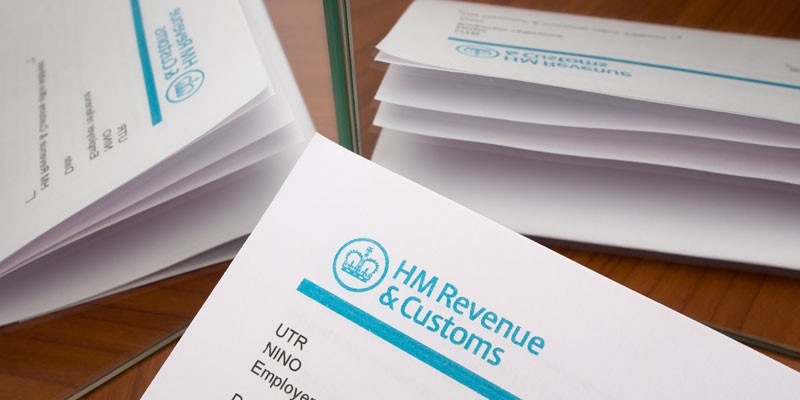
As a new Government takes office with an ambitious agenda to enhance workers' rights and protections, it's crucial to remind policymakers that steps can be taken to create a more compliant and orderly marketplace without introducing additional legislation.
The world of work has undergone significant changes in the past four decades. The traditional 9-5 work pattern is no longer the ‘status quo’ and there has been a significant rise in freelancing and contracting. This shift has prompted a surge in regulations as policymakers attempt to keep pace with the evolving work landscape.
However, the plethora of legislation introduced by various governments has often resulted in unintended consequences, failing to adequately support the contracting sector and the broader supply chain. Despite advice from industry experts, legislation continues to fall short in addressing the core challenges: non-compliance, transparency, and enforcement.
Key Challenges
- Non-compliance: In a market where all providers should be providing similar returns to workers, as they should all operate within the same tax rules, competition should be on business strength and service levels, but unfortunately this is not the case. Non-compliance is fuelled by the complexity of the legislation coupled with a desire for workers to achieve the highest rewards for their efforts. Competition across the sector is driven by the final returns provided to workers and workers select providers on this basis.
- Transparency: The levels of complexity and frequent changes to legislation have resulted in workers bouncing from one structure to another. The latest changes, Off-Payroll working, have resulted in many workers operating through a new structure to them, the umbrella company. There are many examples where workers clearly do not understand the arrangements and therefore additional levels of transparency are required to aid the understanding. Key Information Documents were a good start but more is needed.
- Enforcement: The current enforcement strategies do not work. They serve to incentivise non-compliant offerings and fail to support the compliant parts of the sector. The lack of visible enforcement, the lengthy delays in taking any action, and targeting the workers for recovery all serve the interests of those seeking to circumvent, or disregard, the rules.
To break this cycle of ineffective legislation, we need a radical simplification of rules backed by an effective enforcement regime, supported by those striving for a compliant and orderly marketplace.
Short-Term Solutions
- Proactive use of existing data: HMRC should develop a tool that integrates the intermediary reporting data against the RTI data to highlight potential disguised remuneration schemes. HMRC should also consider developing this tool to allow authorised users to interrogate the data within set parameters. The tool could be built to compare and highlight trends to better inform the enforcement picture.
- HMRC Umbrella Pay Calculator: HMRC should develop a calculator hosted on .gov website so that checks can be made by workers with the output providing a detailed breakdown of all costs, including employment costs. This would afford HMRC the chance to highlight common areas where disguised remuneration or other hidden costs could be found. The illustrator could include a reporting function for users to report any anomalies when matched with HMRC’s illustration. This would provide valuable intelligence to help inform enforcement.
- HMRC Umbrella Payslip Checker: In developing the calculator it would be relatively simple to add an umbrella payslip checker so that the workers’ payslip data could be checked for accuracy and any concerns could be reported to HMRC. It would also provide an opportunity for HMRC to promote the Personal Tax Account which serves to validate the payslip information. Again, it will help to marginalise the providers where false payslips are being produced.
- Benchmarked PAYE rate: All roles advertised, where the rate offered is not PAYE, should use a set formula to create a benchmarked PAYE rate that must also be shown. This allows a worker a common currency when assessing the true value of roles.
- Status Indicator: To assess any assignment, contractors must understand its Off-Payroll status as well as Supervision, Direction and Control. Whilst the status can only be finalised once the worker has been considered, this should indicate a provisional status. In many instances, the workers input is unlikely to alter the outcome.
- Collegiate work with sector bodies: HMRC, the Department for Business and Trade and EASI should build closer relationships with compliance bodies and the wider sector. Compliance bodies set their own compliance standards and a more structured approach would allow the departments to inform and be informed on pressure points in the market. Compliance accreditations allow faster reactions to market distortions and would help limit and restrict market access to non-compliant ‘have I got a good idea for you’ schemes.
- Protecting the integrity of the compliance reviews: With compliance accepted as a crucial component of the supply chain it is important that reviews are of the highest standards. HMRC should seek ways to work with compliance providers and utilise the intermediary reporting versus RTI returns comparison tool to provide a further level of validity to compliance reviews. It would provide a significant barrier to entry for non-compliant offerings.
The past three decades have presented numerous challenges for the sector. It's now more critical than ever for everyone in the compliant supply chain, including the new Government and policymakers, to adopt a collaborative approach. By working together, we can raise standards and root out those who persistently break rules and behave unethically.
The only way to halt the perpetual cycle of legislation is through a fundamental rethink and simplification of rules, supported by an effective enforcement regime. This approach, assisted by those seeking a compliant and orderly marketplace, can provide the stable foundation needed for a thriving, ethical contracting sector that benefits workers, businesses, and the economy as a whole.